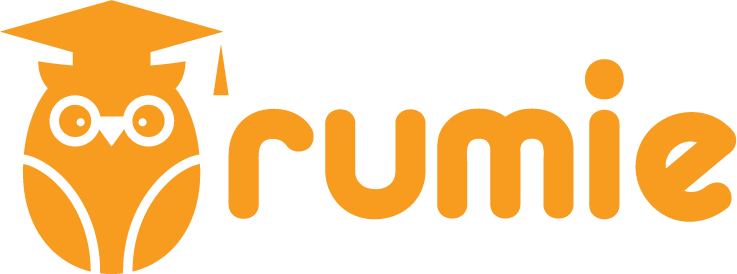
This logo isn't an ad or affiliate link. It's an organization that shares in our mission, and empowered the authors to share their insights in Byte form.
Rumie vets Bytes for compliance with our
Standards.
The organization is responsible for the completeness and reliability of the content.
Learn more
about how Rumie works with partners.
How you introduce yourself really matters.
Why?
We make judgments of people we meet instantly and hold on to our first impressions. An effective introduction gives a message of trust, openness, interest, respect and warmth, which enables us with opportunities to realize, reach and exceed our potential.

But introducing yourself doesn't have to be awkward or high-pressure. By applying these 3 principles, you can experience the outsized benefits of simply introducing yourself.
Keep Your Introduction Brief

Less is more.
The quicker you can shift the conversation to the other person, or a mutual interest, the better!
But you do need to introduce yourself. So consider sharing the following...
Your name.
Title. But go beyond it in a few words. What is it that you actually do?
A problem you're trying to solve. Sharing what you're passionate about gives an opening for others to connect with you.
Quiz
Which of the following should you not do while introducing yourself?
Remember keep it brief. Less is more. Share enough to spark curiosity and watch the conversation flow!
Focus on the Other Person
This demonstrates genuine interest, and can get us from a one-sided introduction to an engaged conversation.
If possible, research the other person. Read their LinkedIn and be familiar with what they're working on. Being as informed as you can be will help you to focus the conversation.
Ask questions. What are their interests? What problems are they trying to solve? What do they need help with?
Listen. It will help you receive, understand, and remember information. The result? A memorable conversation on both sides.
Did you know?
Rumie is a nonprofit community dedicated to making innovative learning free for everyone.
Experiment and Adjust
A good introduction can take more than one form.
Reflect, change things as you go, and see what works best.
To reflect, ask yourself:
What worked well? What didn't?
What did the other person's body language suggest?
Did you achieve your objective?(e.g. to get their contact information, input on a topic, guidance, an introduction to someone else...)
Take Action
Now that you have a handle on how to introduce yourself in a networking context, it's time to try it yourself.
Grab 3 of your friends, co-workers or family members and practice your introduction with each of them, separately.
For the most impact:
Keep it brief.
Focus on the other person.
Experiment and adjust your approach.

This Byte has been authored by
Trishala Pillai
Director, Strategic Partnerships